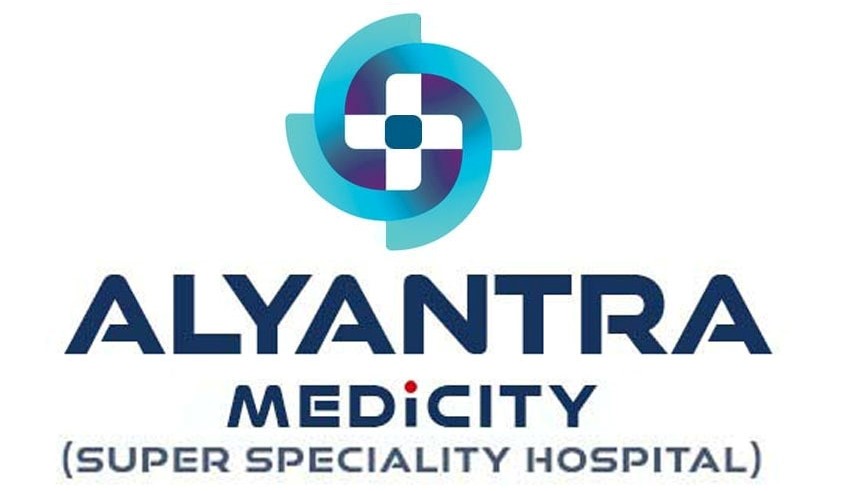Fat embolism is a medical condition were tiny bits of fat block blood vessels. Sometimes, it turns into a severe form known as fat embolism syndrome (FES). Understanding FES is crucial because it can be life-threatening. It often arises unexpectedly.
Increasing public awareness about FES is vital. Not many people know about it or its dangers. This blog explores the symptoms, causes, and treatments of fat embolism. It aims to spread crucial information widely. By knowing more, people can recognize symptoms early and seek timely medical help. This understanding might save lives.
Decoding Fat Embolism
Fat embolism involves fat particles entering the bloodstream. This causes fat embolism syndrome when severe symptoms appear. The initial study of fat embolism dates back to the 19th century. Doctors like Zenker and Von Bergmann first described it.
Emboli, or the fat bits, travel through blood vessels causing blockages. This disrupts regular blood flow, leading to health issues. It’s especially common after bone fractures because broken bones can release fat into the blood.
Fat embolism is more frequent in cases involving significant trauma. Yet, understanding the risks can improve prevention and treatment strategies. Early recognition and management are key.
Causes Behind Fat Embolism
The primary cause of fat embolism is usually severe bone fractures. When bones break, fat from inside them can escape into the bloodstream. This often happens after accidents or falls.
However, health conditions like pancreatitis or procedures like bone marrow transplants can also cause fat embolism. Cosmetic procedures like liposuction increase risk too. Rarely, other surgeries or injuries trigger fat release.
Understanding various causes helps in preparing for prevention and treatment. Especially for those with existing risk factors. Medical professionals often keep a watchful eye post-surgery to catch early signs of embolism.
Spotting the Telltale Symptoms
The classic triad of symptoms for fat embolism includes respiratory issues, neurological problems, and skin signs. Problems with breathing, confusion, and small red spots on the skin might signal an issue.
Symptoms often start soon after fat enters the bloodstream. They can appear within 24 to 72 hours post-injury. They’re on a spectrum, from mild shortness of breath to severe lung failure.
Some vital signs that shouldn’t be ignored include sudden difficulty breathing, unexplained confusion, or a rash. Immediate medical attention is crucial if these occur, especially after an accident or surgery.
Timely recognition could mean the difference between recovery and severe complications. Being alert to these tells could expedite intervention and treatment.
Challenges in Diagnosing Fat Embolism
Diagnosing fat embolism isn’t straightforward. There’s no single test that confirms FES. Doctors rely on a combination of signs and symptoms.
The Gurd and Wilson criteria provide guidelines. These criteria help doctors piece together the puzzle. Physical exams and tests can suggest FES but don’t offer certainty.
This complexity makes diagnosing FES challenging for healthcare providers. They must balance their judgment with available evidence, which demands careful consideration.
Exploring Treatment Methodologies
Treatment for fat embolism focuses on supporting the patient rather than curing the condition outright. The aim is to stabilize the patient until symptoms subside naturally.
Medications can help manage specific symptoms, like breathing difficulties or inflammation. In some cases, life-support devices maintain oxygen and circulation when symptoms are severe.
Successful treatment involves preventing complications and maintaining stable vital signs. Keeping patients comfortable and monitoring vital statistics closely are key steps.
These methodologies underline the importance of support and observation in caring for FES.
Proactive Prevention and Risk Reduction
Preventing fat embolism focuses on reducing risks, especially in high-risk individuals. This includes prompt stabilization of fractures and careful monitoring after surgeries.
Fast medical intervention in accidents or trauma can prevent worsening. Recognizing high-risk scenarios bolsters prevention success.
Prognosis and Path to Recovery
Recovery from fat embolism varies but often takes a few days if symptoms are mild. Severe cases extend this timeline.
Awareness of potential long-term effects is vital. Organ functions may face challenges but generally recover.
Positive outlooks are common. With immediate care, many recover fully.
Wrapping Up: Key Takeaways
Comprehending fat embolism involves recognizing signs and knowing prevention methods. Public awareness is crucial for early intervention.
Spreading knowledge about FES helps manage potential issues early, leading to better outcomes. Staying informed empowers individuals and communities in health management.
Consult us today at Alyantra Medctiy for expert guidance!


